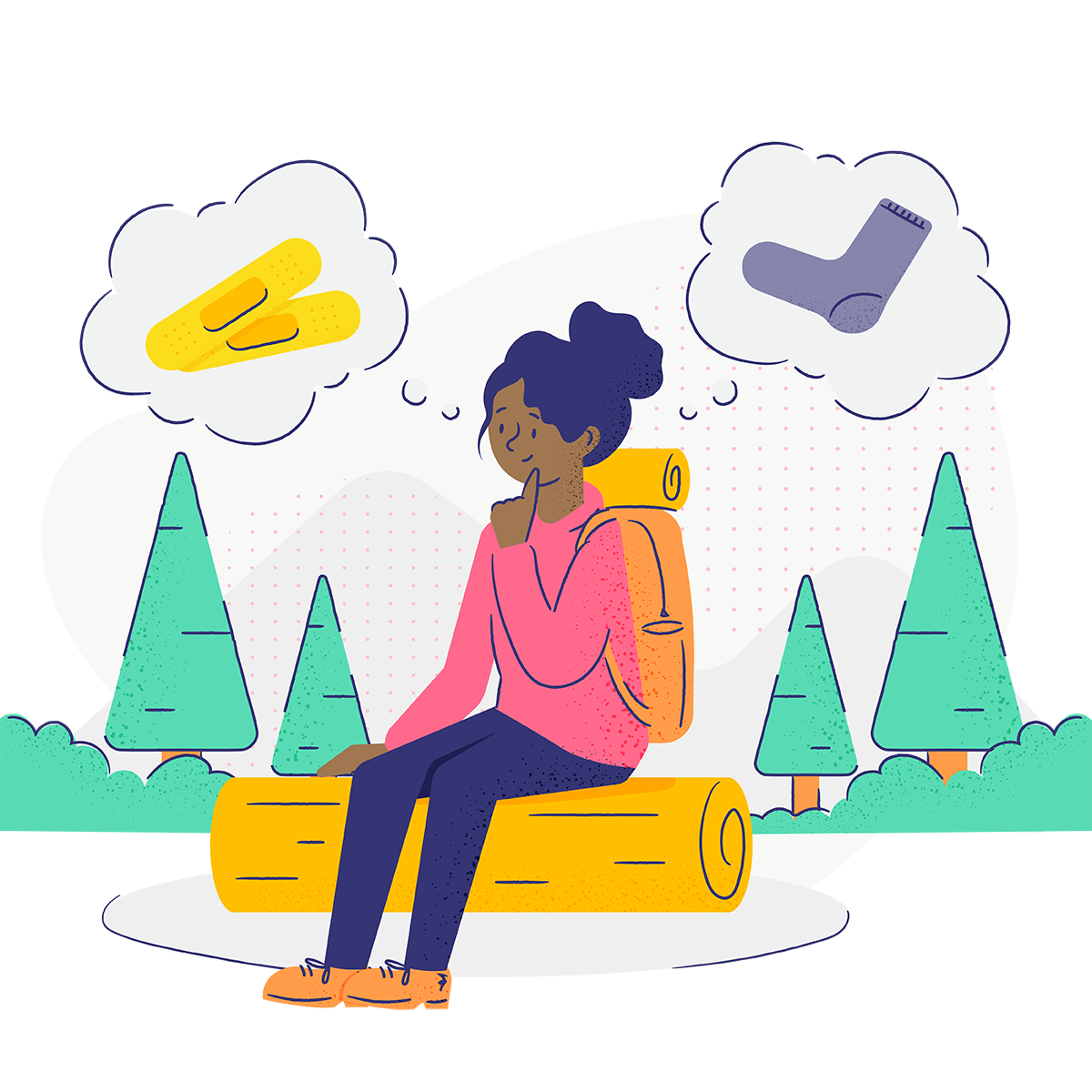In the vast world of marketing, understanding the customer journey is paramount. Every potential customer embarks on a unique path, transitioning from a mere stranger to a loyal patron. This journey is punctuated by various stages of awareness, each demanding a distinct approach from marketers. Recognizing and effectively navigating these stages can be the difference between a thriving business and one that struggles to connect with its audience.
Why Understanding Customer Awareness is Crucial
The concept of customer awareness isn’t new. It has roots in early marketing theories and has evolved with the changing dynamics of consumer behavior. At its core, this concept delves into the psychology behind the buying process.
Consider the rise of Starbucks. They didn’t just sell coffee; they sold an experience. By understanding the stages of customer awareness, they tailored their messaging to resonate with people looking for a third place between work and home.
Over the years, as businesses began to understand the importance of aligning their strategies with these stages, we witnessed a shift in marketing paradigms. Companies that succeeded were often those that tailored their messaging and strategies to resonate with customers at each stage of awareness.
On the other hand, businesses like Blockbuster, which failed to adapt to the digital streaming awareness stage, found themselves out of sync with their target audience.
The Evolution of Marketing and its Relation to Customer Awareness
Historically, traditional marketing often employed a one-size-fits-all approach. Think of old TV commercials where the same message was broadcast to everyone, regardless of their needs or preferences.
However, with the advent of digital platforms and data analytics, modern marketing has become more nuanced. Netflix, for instance, uses data analytics to understand viewer preferences and tailors its content recommendations accordingly.
Personalized marketing, which tailors messages to individual consumers based on their stage of awareness, has emerged as a powerful tool. This shift underscores the importance of understanding and leveraging the various stages of customer awareness. Today, businesses can’t afford to send generic messages; they need to understand where their customers are in their journey and communicate accordingly.
What Are the Stages of Marketing Awareness?
The stages of marketing awareness have evolved over time, influenced by cultural shifts and technological advancements. To truly grasp their significance, one must delve into their historical development and understand the cultural nuances that shape them.
The 5 Marketing Stages of Awareness
Stage 1: Unaware
At this initial stage, potential customers are like explorers in unfamiliar territory. They might not even realize they have a problem or a need. The challenge for marketers is to shed light on this latent issue. By highlighting a universal problem or showcasing testimonials and social proof, businesses can create that ‘aha!’ moment for the customer.
To help illustrate the five stages of awareness, let’s imagine a business that sells blister-prevention hiking boots and take a look at a potential customer as they progress through each of the stages.
Just as the hiker is unaware of the challenges ahead, customers at this first stage are unaware of their underlying problems. They don’t know that their old hiking boots are going to give them a painful blister yet, let alone that blister-preventing boots even exist.
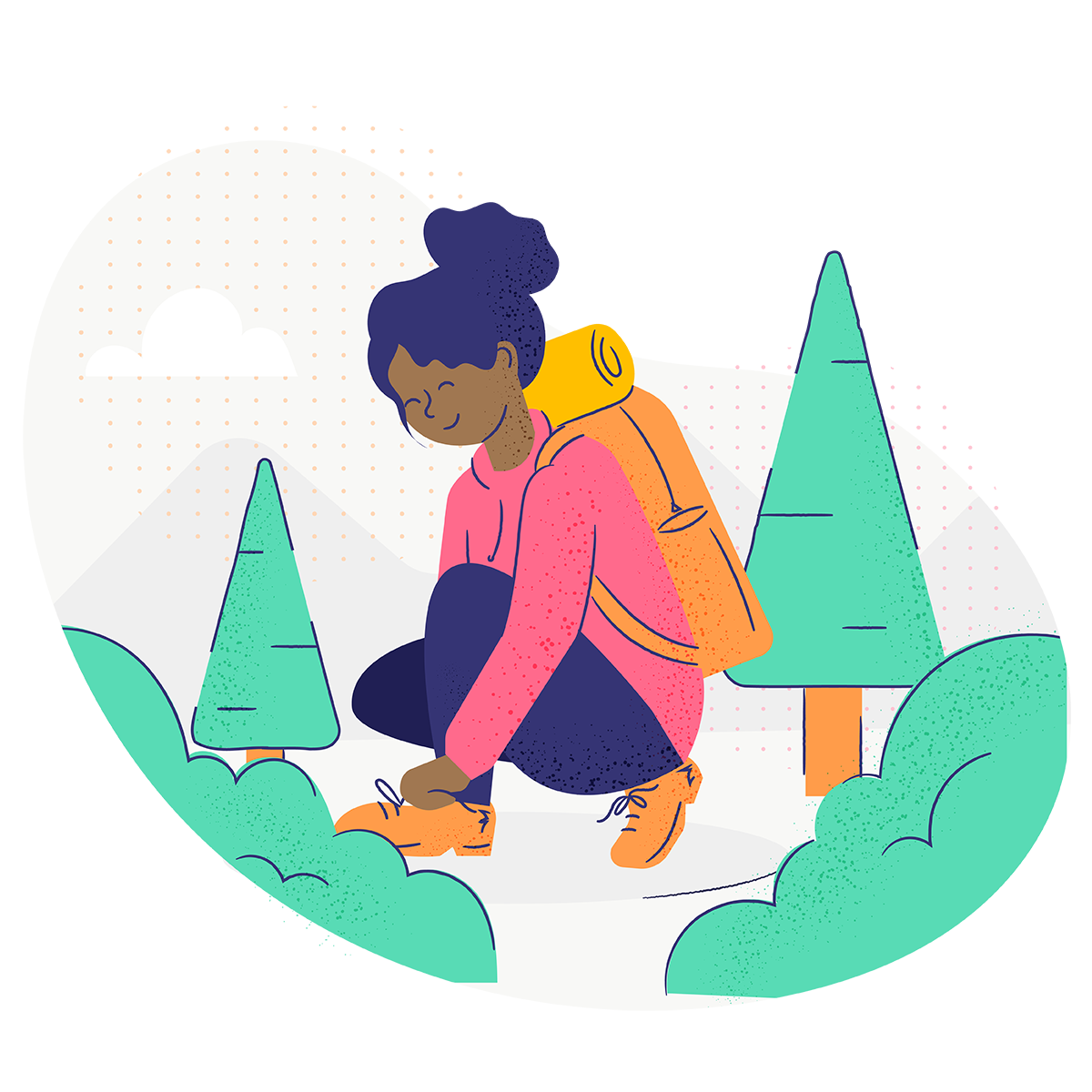
Stage 2: Problem Aware
Once customers recognize their problem, they’re searching for answers but might not know the solutions available. It’s like knowing you’re lost but not knowing the way out. Marketers should empathize with their pain points and gently guide them toward potential solutions.
Partway through the journey, the hiker realizes they have a painful blister and it’s too late to prevent it. The hiker’s evident discomfort mirrors customers who come to recognize their problem but are unsure of how to address it.
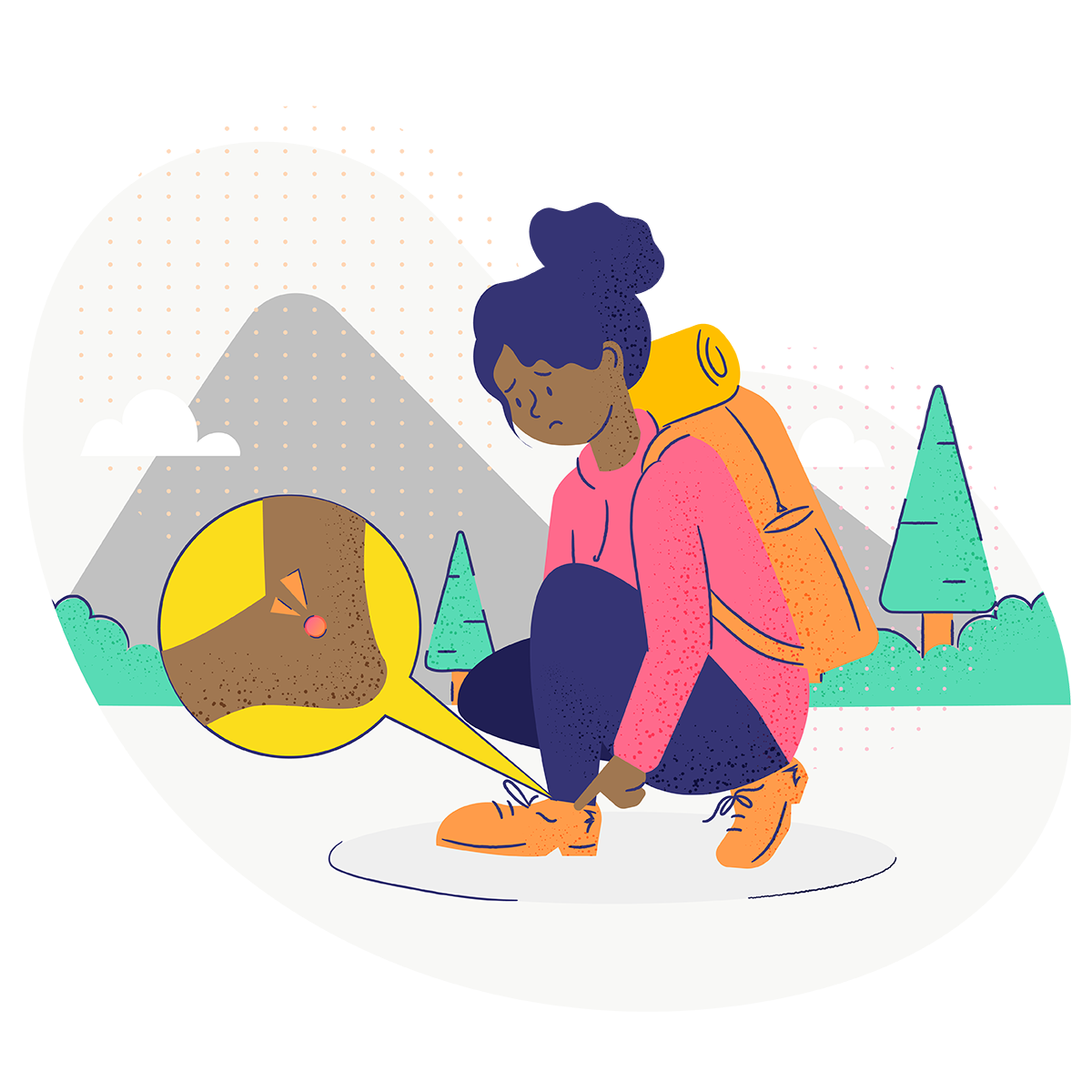
Stage 3: Solution Aware
At this stage, customers are like diners at a buffet, aware of the various dishes (solutions) but unsure which one to pick. They’re exploring options and weighing the pros and cons. Highlighting unique benefits and differentiators of your product can steer them in the right direction.
The blister continues to bother the hiker for the rest of the trip, and they ponder what they might do differently next time to avoid such discomfort. Much like the hiker weighing different remedies, customers at this stage are exploring various solutions to their problem.
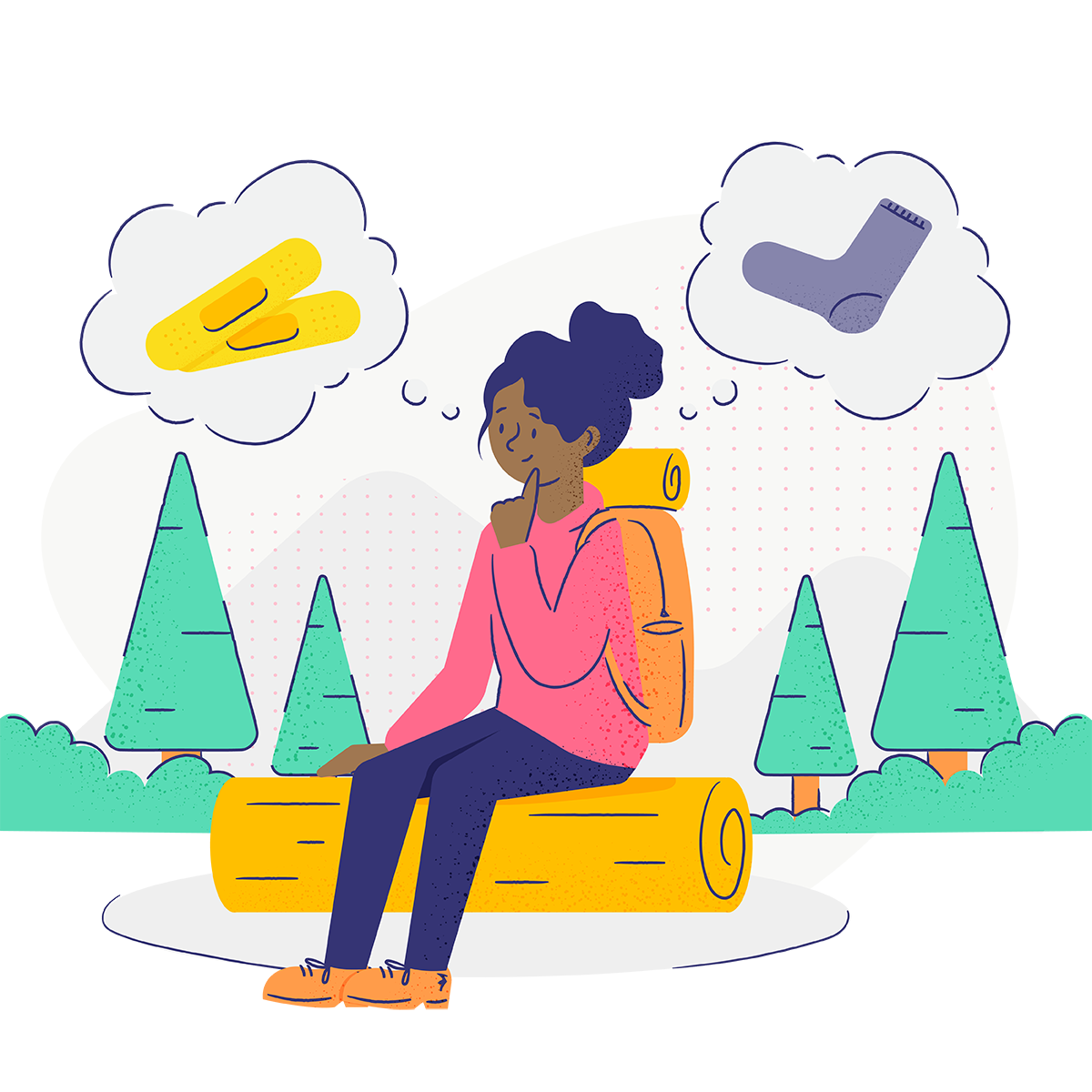
Stage 4: Product Awareness
Now, customers are familiar with your product but might be on the fence about its efficacy. It’s crucial to reinforce its value and showcase why it’s the best fit for their needs. Offering trials, demos, or detailed product comparisons can be effective.
The hiker visits an outdoor store and stumbles upon the blister-preventing boots. Their curiosity is piqued, but they’ve never heard of this brand before and are unsure of whether the boots will actually work. The hiker’s hope in finding the right product mirrors customers who are aware of a product but need more information to make a decision. At this stage, they might choose to do some research online or ask an employee to tell them more about the boots.
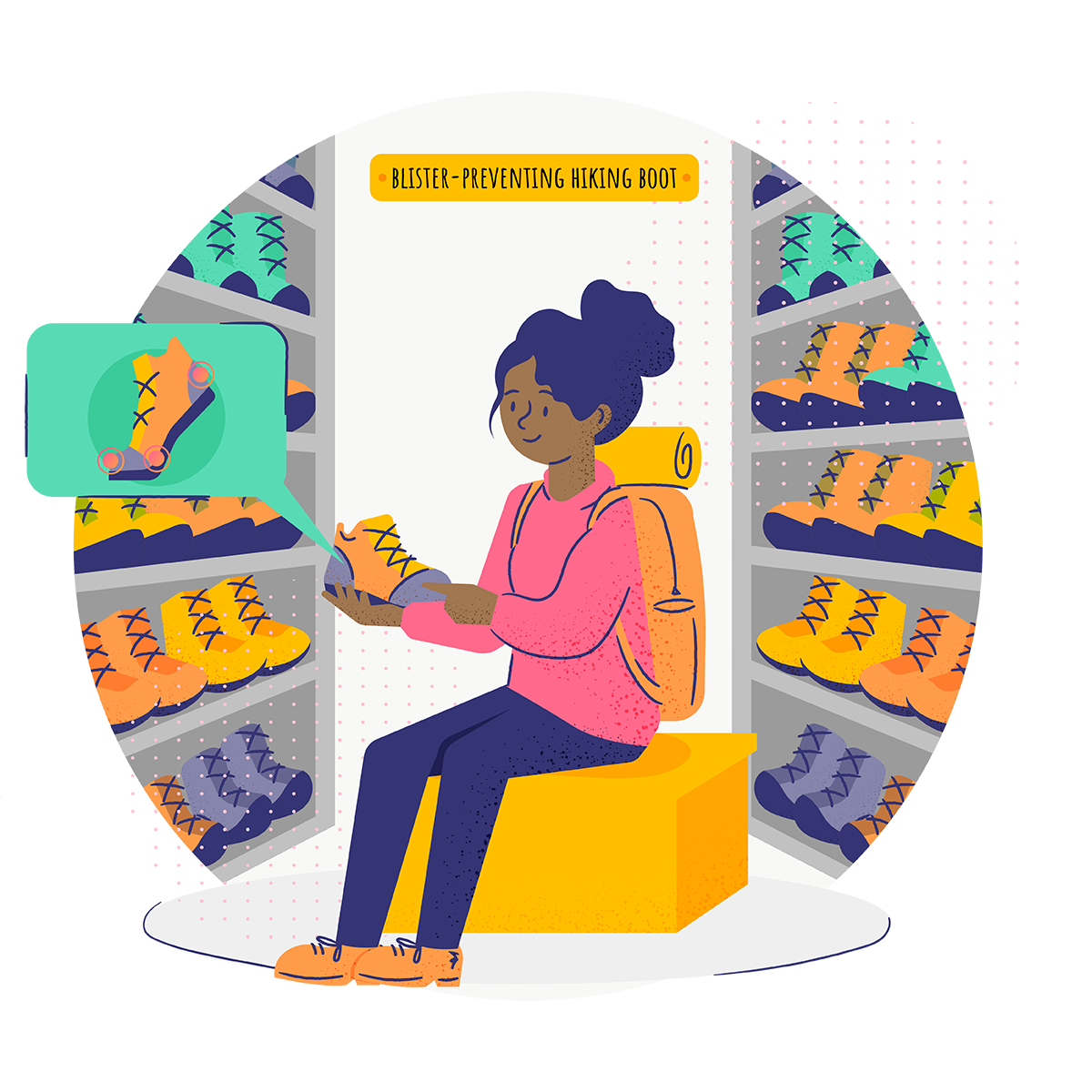
Stage 5: Most Aware
These customers have all the information they need and are on the brink of making a purchase. They’re like runners at the starting line, just waiting for the gun to go off. Providing them with an irresistible offer, be it a discount, bonus, or a limited-time deal, can seal the deal.
After the employee shares rave reviews about the boots and informs the customer about a special discount available, the hiker is eager to buy the boots. Just as the hiker now trusts these new blister-preventing boots to solve their problem, customers at this stage are fully convinced of the product’s value and are ready to make a purchase.
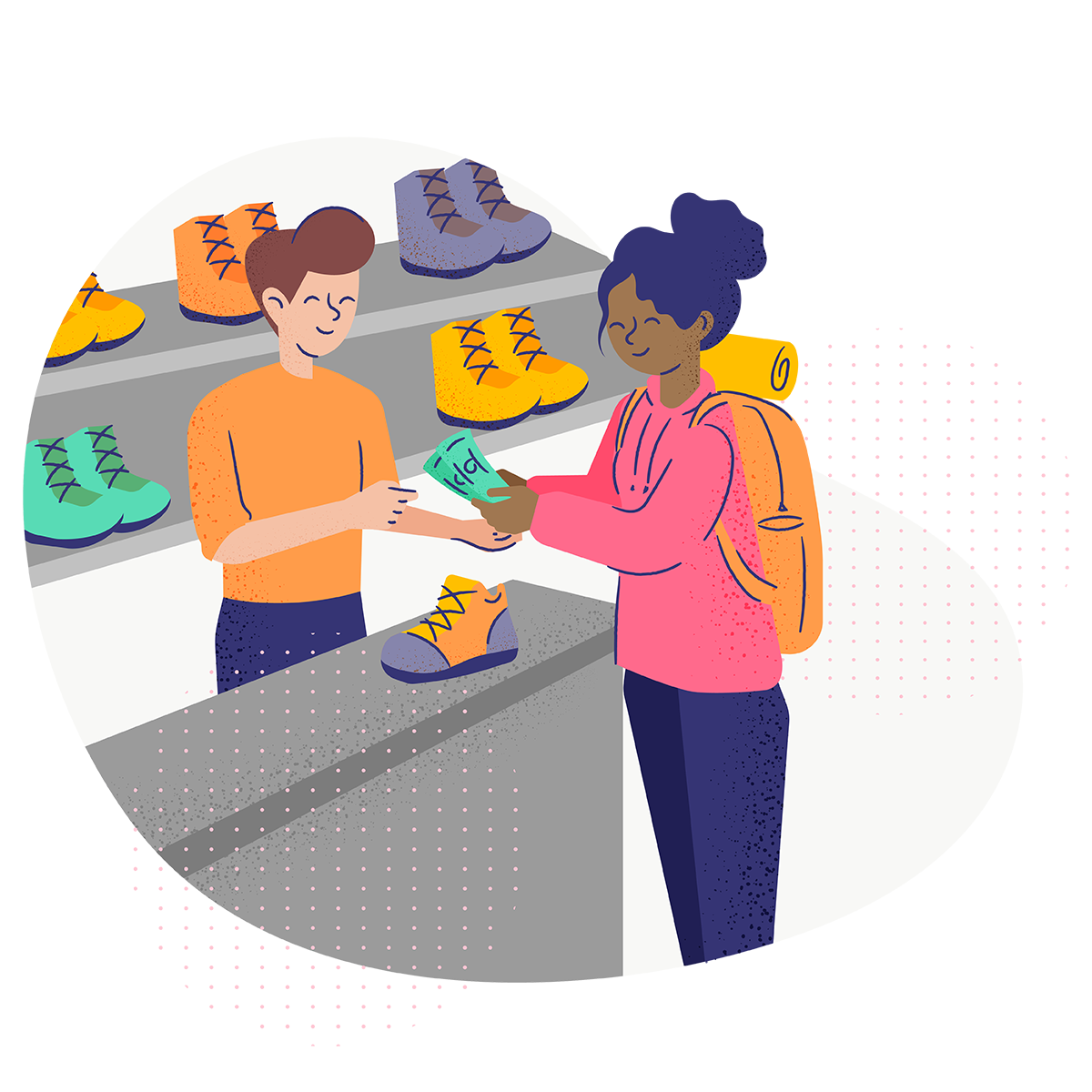
Digging Deeper: Levels of Sophistication
To effectively communicate with your audience, consider their level of sophistication. Depending on your target demographic, you may need to adjust your language accordingly:
- Low Sophistication: Keep it simple with basic language and straightforward explanations.
- Middle Sophistication: Use analogies or relatable examples to explain technical terms.
- High Sophistication: Get detailed and technical, catering to an audience with in-depth knowledge.
Messaging at Each Stage of the Buying Journey
The vast majority of businesses fall short in crafting messaging for each of the five stages. Most choose only to focus on the first two stages, incorrectly assuming that targeted messaging is less important once their potential customers reach the “solution-aware” stage.
But crafting the right message for each stage is essential. Nurturing your leads is just as important as generating them in the first place. If you fail to connect with your potential customers at each and every stage of the journey, you risk losing them to your competitors midway through. Because nurtured leads result in an average 20% increase in sales opportunities versus non-nurtured leads, it’s well worth the effort.
Continuing on with the blister-prevention hiking boot example from earlier, let’s explore some examples of how messaging can be tailored for each stage and level of sophistication:
Stage 1: Unaware
Low Sophistication: “Love hiking? Ensure every step is a joy with the right gear!”
Middle Sophistication: “Imagine a hike where every step feels like walking on clouds. It’s possible!”
High Sophistication: “Research shows that 70% of hiking discomfort comes from inadequate footwear. Are you geared up right?”
Stage 2: Problem Aware
Low Sophistication: “Tired of blisters ruining your hikes?”
Middle Sophistication: “Blisters are the bane of every hiker’s journey. But what if there was a way to prevent them?”
High Sophistication: “Studies indicate that friction and moisture are the primary causes of blisters during hikes. Addressing these can change your hiking experience.”
Stage 3: Solution Aware
Low Sophistication: “Discover boots designed to keep blisters at bay!”
Middle Sophistication: “Ever wondered how some hikers trek for miles without a single blister? The secret’s in their boots.”
High Sophistication: “With advanced moisture-wicking technology and ergonomic design, the right boots can solve your blister woes.”
Stage 4: Product Awareness
Low Sophistication: “Our boots are a hiker’s best friend!”
Middle Sophistication: “Join thousands of hikers who’ve found bliss with our blister-preventing boots.”
High Sophistication: “Engineered with a unique blend of breathable materials and a cushioned sole, our boots offer unparalleled protection against blisters.”
Stage 5: Most Aware
Low Sophistication: “Ready for a blister-free hike? Grab your pair now!”
Middle Sophistication: “You’re one step away from revolutionizing your hiking experience. Don’t miss out!”
High Sophistication: “With a 98% satisfaction rate and proven results, it’s time to invest in the ultimate hiking companion.”
By tailoring the messaging to resonate with the sophistication level of the customer at each stage, businesses can ensure that their communication is effective and compelling.
Another Layer: Levels of Customer Intent
Not only is it essential to understand where a customer is in their awareness journey, but also to gauge their intent. Think of intent as the driving force behind a customer’s actions. While awareness defines what a customer knows, intent illuminates what they’re likely to do next.
1. Low Intent: At this level, customers are in the exploratory phase. They might be casually browsing, gathering information, or just entertaining a fleeting thought. Their commitment to making a purchase is minimal.
Strategy: The focus here should be on generating demand and piquing interest. For our hiking boot example, messaging might be: “Ever wondered why some hikers can go for miles without stopping? Discover the secret!”
2. Middle Intent: Customers at this stage are more engaged. They recognize they have a problem and are actively seeking solutions. However, they might still be comparing options and aren’t entirely ready to commit.
Strategy: Emphasize the problem’s significance and the benefits of your solution. For the blister-prevention hiking boot, a message like, “Blisters can turn a dream hike into a nightmare. Discover a boot that prioritizes your comfort!” can resonate well.
3. High Intent: These are the customers on the brink of making a decision. They’ve done their research, they’re aware of their problem, they know the solutions, and they’re leaning towards a choice. Their intent to purchase is palpable.
Strategy: If they’re at the right stage of awareness, this is the time to make them an offer they can’t refuse. For our hiking boot, a compelling message could be: “Ready for a game-changing hike? Enjoy a 20% discount on our top-rated blister-preventing boots today!”
Tips for Mapping the Modern Prospect Journey
The prospect journey represents the path a potential customer takes from their first interaction with your brand to the final purchase decision. This journey is deeply intertwined with the stages of awareness we discussed earlier, as well as other categories like customer intent. As prospects navigate through these stages, their journey is influenced by various touchpoints and interactions.
To effectively guide them toward a purchase, it’s essential to map out and understand this journey in its entirety. Here are some actionable tips to help you do just that:
- Embrace Multiple Digital Touchpoints: Recognize that customers interact with brands across various platforms. From search engines to product review sites, ensure your brand has a consistent and engaging presence wherever your prospects might find you.
- Harness the Power of Social Media: Don’t just use social platforms for promotion; engage with your audience. Share stories, respond to comments, and create content that resonates with their interests and needs.
- Collaborate with Influencers: Identify influencers whose audience aligns with your target demographic. Their genuine endorsements can offer credibility and expand your brand’s reach. For instance, partnering with a popular hiking enthusiast can boost the visibility of our blister-preventing boots.
- Engage in Online Communities: Active participation in forums and groups related to your industry can build trust. Offer expert advice, address concerns, and gather feedback to refine your offerings.
- Adapt to Changing Circumstances: The COVID-19 pandemic underscored the need for greater agility. Whether enhancing your e-commerce experience or offering virtual consultations, be ready to pivot based on external factors and customer preferences.
- Analyze, Analyze, Analyze: Utilize digital analytics tools to track your customer’s journey. Understand where they engage most and where they drop off, and refine your strategy based on these insights.
- Personalize the Experience: A recent study from ZenDesk found that 68 percent of consumers now expect personalization with each interaction. With the wealth of data available, it’s important to tailor your interactions to individual customer preferences. Personalized recommendations or content can make prospects feel valued and understood.
Mapping the customer journey isn’t a one-time task. It’s an ongoing process of understanding, adapting, and refining. By following these tips and staying attuned to your customer’s evolving needs and behaviors, you can create a journey that not only resonates but also converts.
Customer Awareness in Different Industries
The concept of customer awareness is universal, but its application can vary widely depending on the industry. Recognizing these nuances is crucial for crafting effective marketing campaigns tailored to your specific audience.
B2B vs. B2C:
- B2B (Business-to-Business): In the B2B landscape, the journey from unawareness to purchase is often longer and more intricate. Businesses may be oblivious to potential operational efficiencies until presented with a solution. Once a need is identified, they engage in thorough research, seeking solutions that offer reliability and long-term value. By the time they’re ready to commit, they require detailed specifications, case studies, and often, personalized pitches.
- B2C (Business-to-Consumer): For B2C customers, the awareness journey can be sparked by a simple advertisement or word-of-mouth recommendation. Once they recognize a need, they seek quick and cost-effective solutions. As they move closer to purchase, they’re influenced by factors like reviews, deals, and ease of transaction.
Products vs. Services:
- Products: When marketing products, the focus often shifts from identifying a need to showcasing the product’s unique features and benefits. A consumer might realize they need a more efficient gadget, but they’ll rely on product specifications, reviews, and brand reputation to guide their final decision.
- Services: For services, the awareness journey is centered around expertise and trust. Potential clients or customers might recognize a gap in their operations or personal needs. However, when choosing a service provider, they look for demonstrated expertise, past successes, and testimonials to ensure they’re making the right choice.
Customer Journey Tools to Identify and Target Each Stage
The digital age has blessed marketers with a plethora of tools designed to understand and engage with customers at every stage of their awareness journey.
Here’s a breakdown of some of the most effective tools for each stage:
Unaware Stage:
- Google Trends: Helps identify emerging trends and topics that potential customers might be interested in.
- BuzzSumo: Discover popular content in your industry to understand what’s capturing attention.
Problem Aware Stage:
- SEMrush: Identify keywords related to problems in your industry, helping you target potential customers searching for solutions.
- SurveyMonkey: Conduct surveys to understand common problems faced by your target audience.
Solution Aware Stage:
- Ahrefs: Understand what solutions competitors are offering and how they’re positioning themselves.
- Hotjar: Visualize where users are spending time on your site, helping tailor content that introduces your solutions.
Product Aware Stage:
- HubSpot CRM: Track interactions with potential customers, ensuring timely follow-ups and personalized communication.
- OptinMonster: Create targeted pop-ups and offers for visitors familiar with your product.
Most Aware Stage:
- MailChimp: Send targeted email campaigns with special offers to potential customers ready to make a purchase.
- Drift: Implement chatbots to answer last-minute queries and push for conversion.
AI and Machine Learning Tools:
- Clearbit: Provides real-time insights about potential customers, helping tailor messaging.
- Crayon: Uses AI to track competitor movements, ensuring you stay ahead in offering solutions.
Apply Customer Awareness Stages to Your Marketing with Flyrise!
The stages of customer awareness offer more than just a roadmap; they provide a strategic blueprint for businesses to connect deeply with potential customers. By harnessing the power of modern tools and understanding these stages, businesses can craft compelling messages that not only resonate but also convert.
Understanding and leveraging the stages of customer awareness can significantly enhance your marketing outcomes. At Flyrise, we’re committed to integrating the latest tools and insights, providing brand messaging services that resonate with your potential customers at each and every stage.
Ready to elevate your marketing game? Dive deep into the world of customer awareness with Flyrise, and we’ll help your business not just fly, but soar!
